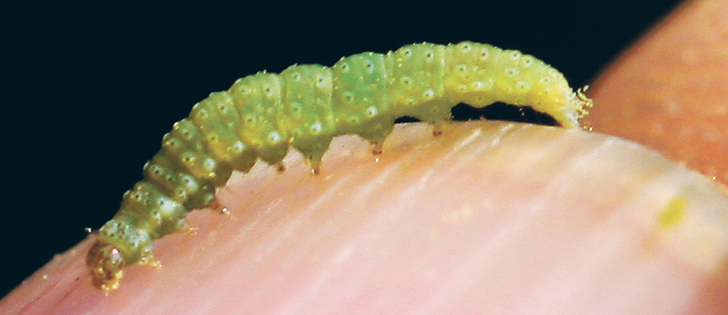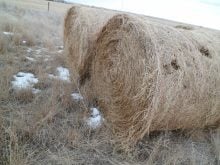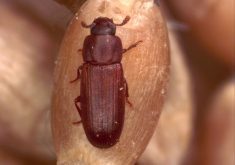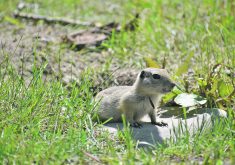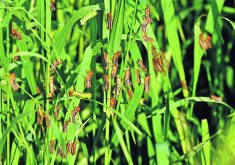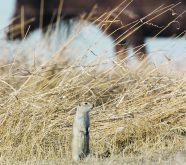Diamondback moths are the big story in canola of late, says Canola Council of Canada agronomy specialist Keith Gabert.
He said Aug. 4 that farmer queries about the pesky insects have dominated his voice mail in recent days, and problems have been reported from Calgary to Winnipeg.
“We’re reminding (farmers) that there’s no better way to check for them other than pulling a square foot of plants and banging them on a flat surface and determining the numbers … and more importantly, looking at their fields to see what kind of feeding damage is there.”
Read Also

Research looks to control flea beetles with RNAi
A Vancouver agri-tech company wants to give canola growers another weapon in the never-ending battle against flea beetles.
Sampling a few different parts of the field is recommended, taking a random approach rather than pulling up plants with obvious damage. Sweep nets are unlikely to give an accurate sense of larvae numbers.
The spraying threshold is 20 to 30 larvae per sq. foot, or 200 to 300 per sq. metre, said Gabert.
Initial infestation is wind-borne, so hot spots and spotty infestation are typical of the pest. Gabert said he checked fields within 15 kilometres of fields where heavy infestation has been reported and found low levels of larvae.
“There will be localized hot spots, but it’s a matter of checking individual fields,” he said.
“It’s a really tiny worm, about half an inch long, green in colour. It will eat as long as it’s capable of feeding.
“I use the phrase, ‘it’s got to be as dry as cardboard to stop them from eating.’ In the far south, that might be happening relatively soon, but as far as I understand, most of the canola is still in that window of being at risk.”
Farmers should examine the lower leaves in the canola canopy to see if there are signs of feeding. Once the lower leaves are consumed, the larvae move up the plant to munch on harvestable canola seed in the pods.
Gabert said biological controls that sometimes help control the moths and larvae have been less effective this year.
Diamondbacks arrived early on the Prairies and thrived in the hot, dry weather that has permeated much of the region this summer. Some areas have already seen two generations of larvae, and a third looks likely.
Heat has sped maturity of some canola crops, so Gabert cautioned farmers to note the pre-harvest intervals if they do spray for diamondbacks.
The canola council estimates the cost of spraying at $15 to $25 per acre.




